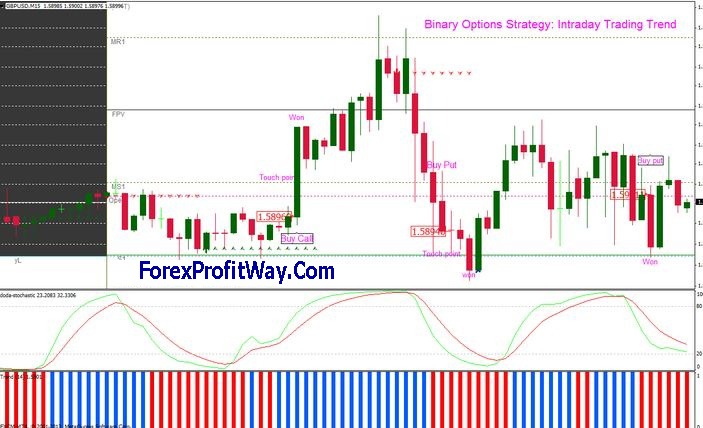This is an assumption of law of demand
Contents
When the price of the good was at P3, suppliers were supplying Q3 quantity. As the price starts rising, the quantity supplied also starts rising. When there is high competition in the market, the sellers may sell goods in high quantities assumption of law of supply at low rates. It refers to a situation where the law of supply does not hold. Law of Demand states that there is a negative or inverse relationship between the price and quantity demanded of a commodity over a period of time.

However, those goods, which are out of fashion, have cheap prices. The sellers may sell these out of fashion goods even at cheap rates. The goods that are precious or artistic generally have a limited supply. The supply of these goods cannot be raised according to the rising prices or demand. Hence, if the price of the goods increases, the supply of such rare goods cannot be raised.
What is Law of Demand?
When the price increases from OP to OP2 and then supply also increases from OQ to OQ2. Similarly, if price decreases from OP to OP1, then supply also decreases from OQ to OQ1. It is challenging to increase the agricultural produce at a certain level as land is a limited resource.
” Other thing being equal, the quantity of a commodity supplied is directly related to its price”. Therefore, the law of supply is based on the following assumption. In some cases, the law of supply example does not hold, which leads to exceptions in this law.
The above schedule clearly shows that sellers in general want to sell more at high prices and less at low price. E.g., at a low price of ₹10 per unit the seller supplies https://1investing.in/ only 100 units per day and at high price of ₹ 50 the supply rises to 500 units of ‘X’ per day. The up-to-date goods that are in trend often have high prices.
- Below we have explained the Law of supply explained with the help of supply schedule and supply curve.
- Supply refers to the quantity of a commodity offered by a seller or a particular firm at a certain price.
- The above diagram shows the supply curve that is upward sloping .
- Therefore, the law of supply is based on the following assumption.
- Supply schedule is the tabular representation of price and quantity supplied by the seller.
Supply refers to the quantity of a commodity offered by a seller or a particular firm at a certain price. Several factors affect the commodity supply including the technology state, input costs, objective of the seller, prices of other goods, and more. There is a law of supply, which expresses a relationship between the market supply and the price of goods. In the diagram, supply curve SS is a linear supply curve (straight – line). It has a positive slope indicating direct relationship between price and quantity supplied. In some circumstances when a business is on the edge of closure, the seller may sell the products even at cheap prices.
ASSUMPTIONS TO THE LAW OF SUPPLY
The single seller is the price maker and has control over different prices. The seller may not be willing to raise the supply even if the prices are going high, hence it is an exception to the law of supply. It shows that there is a straight connection between the supply of goods and the price of a commodity while other factors remain stable. However, there are some exceptions to the law of supply, which one should understand. Below we have explained the Law of supply explained with the help of supply schedule and supply curve.

D. The price elasticity of demand is expressed in terms of relaive not absolute changes in Price and Quantity demanded. There are no changes in the taste and preferences of consumers. There are no changes in the price of substitute goods. The correct answer isConsumers are affected by demonstration effect. Consumers are affected by demonstration effect. Price of the related goods remains the same.
State and explain the law of supply. What are its assumptions?
Needs to review the security of your connection before proceeding.
It is also an exception to the law of supply example. Sometimes sellers are keen to sell perishable or fresh goods even at cheap prices. It is because, for the perishable goods, sellers cannot wait for a long time and if these types of goods remain unsold, then they will face only loss. The situation when there is only one vendor of a service refers to monopoly.
The retailer does this to clear the supply of stock. In this case, the law of supply does not hold and serves as an exception to the law of supply example. In the above figure, we can see supply curve is sloping upward. The market supply rises with the rise in price. Supply schedule is the tabular representation of price and quantity supplied by the seller. The above diagram shows the supply curve that is upward sloping .
Agricultural products are exceptions to the law of supply. State with resons whether you agree or disagree with the following statements. State and explain the law of supply with exceptions. In the above figure, OX axis shows quantity of demand and OY axis shows price. When the price was at OP, supplier was supplying OQ quantity.
This is an assumption of law of demand
It shows that if the prices of land increase, the supply may not get increased. The preferences of every individual buyer remain unchanged. With reference to the office of the Attorney General of India, Which of the following statements is/are correct? He is the highest law officer in the country. In the performance of his official duties, the Attorney General has the right of audience in all courts in the territory of India. Goseeko covers the entire spectrum of student’s journey from Academics to Career.
Law of supply states that all factors being constant, seller supply more in the rising price and supply less when the price decreases. The price of inputs, or firm’s cost of production, remains the same. The supply curve is a graphical representation of a supply schedule. When the price was Rs 10, quantity supplied was 1kg. When the price started 3ising from Rs 20 to 50 to 40 so on, the quantity supplied by the seller increased from 2kg, 3 kg to 5kg respectively. The income of the seller, as well as the buyer, remains unaffected.
)